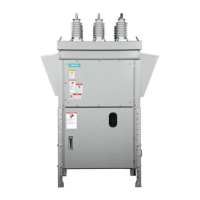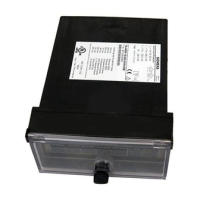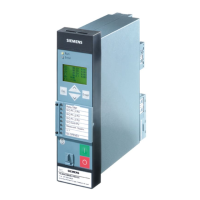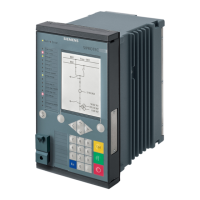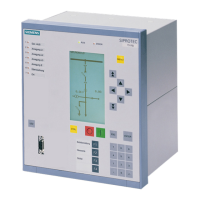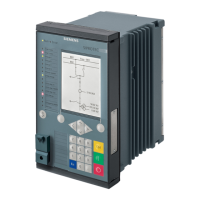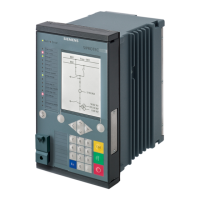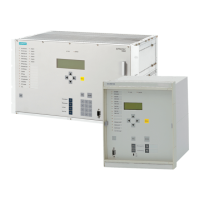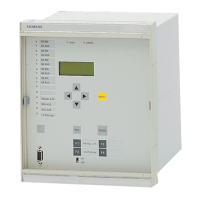39
Suitable protective devices are to be selected on this basis. Table 5 provides an
overview.
TN system TT system
Trip currents I
a
of overcurrent
protective
devices for
ensuring the
required dis-
connecting
time t
a
Protective
device
I
a
t
a
*
The necessary trip currents
I
a
of overcurrent protection
devices are generally not
reached by teh residual
currents I
F
.
MCB
Type B
≥ 5 I
n
< 0,1 s
MCB
Type C
≥ 10 I
n
< 0,1 s
Melting
fuse gG
ca. > 14 I
n
< 0,4 s
Tripping condi-
tions I
a
of residu-
al current pro-
tective devices
for ensuring the
required discon-
necting time t
a
In the TN system, the residual
currents I
F
are considerably
higher than 5 I
Δn
In the event of a fault,
there is 230V at the fault
location. The following
therefore applies to the
trip current I
a
:
Type I
a
t
a
* Type I
a
t
a
*
RCCB general > 5 I
Δn
≤ 0,04 s
RCCB
general
> 2 I
Δn
≤ 0,15 s
RCCB
selective
> 5 I
Δn
≤ 0,15 s
RCCB
selective
> 2 I
Δn
≤ 0,2 s
* The values for t
a
relate to the stipulations in the relevant product standards.
R
A
– the sum of the resistance in Ω of the ground electrode and the protective
conductor of the bodies; I
Δn
– the rated residual current in A of the residual
current protective device.
Table 5: Selection of protective devices in TN systems and in TT systems
with rated voltages of 230/400 V AC
I
a
≥
230 V
Z
S
I
a
≥
230 V
Z
S
I
Δn
≤
50 V
R
A
I
a
=
230 V
50 V
I
F
=
230 V
Z
S
I
Δn
= 4,6 I
Δn

